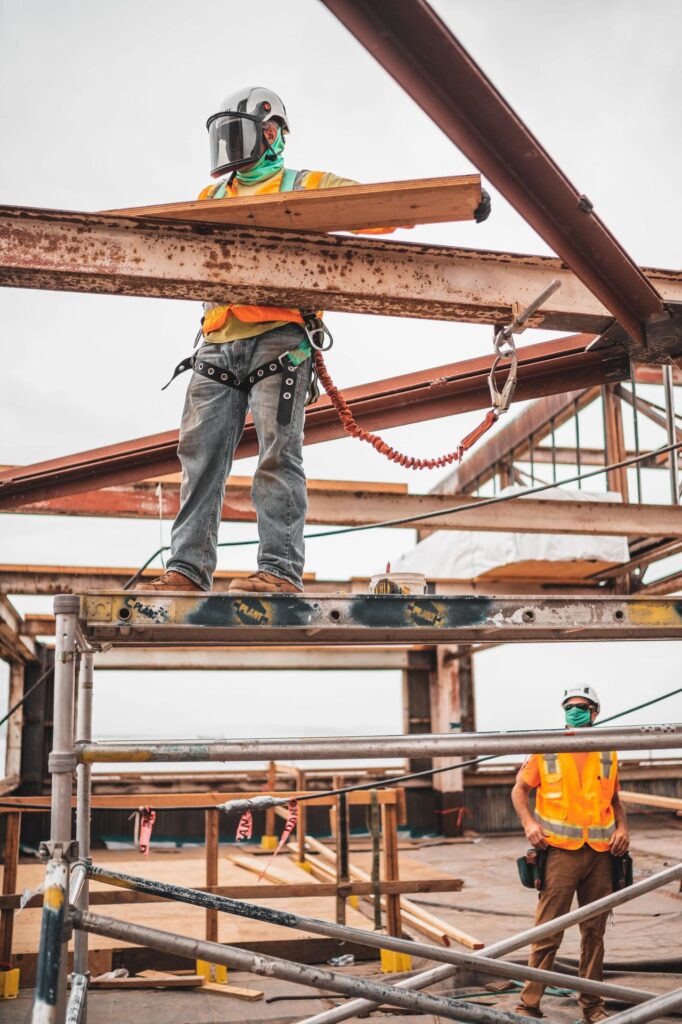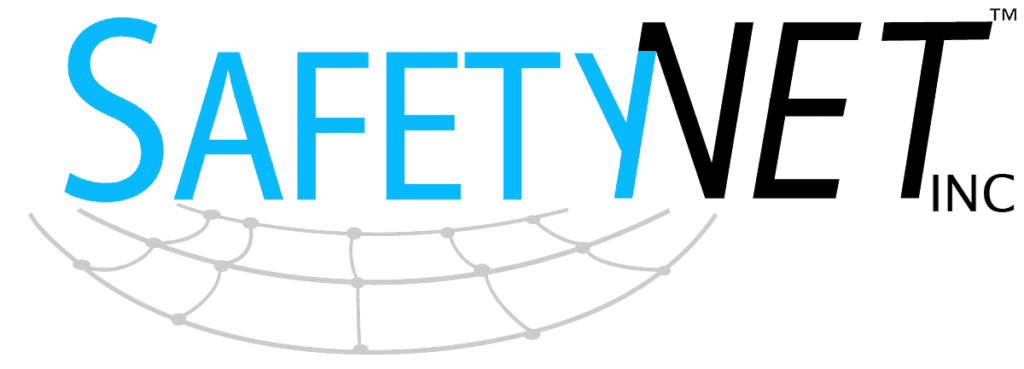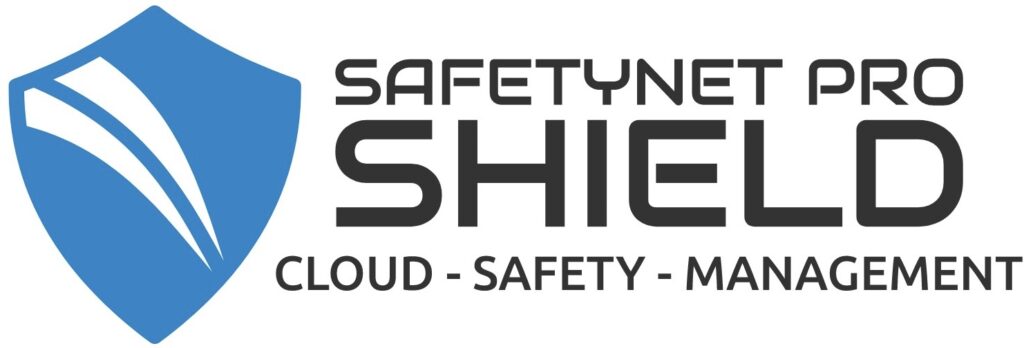GUIDELINES TO SAFELY USE PNEUMATIC TOOLS AT WORK

Pneumatic tools, powered by compressed air, can be a useful and portable addition to electrical tools on construction sites, in industrial workshops, and at any work site where power tools are used. The air compressors that power pneumatic tools must be used correctly to ensure the safety of all workers on the job site.
Common pneumatic tools used on the job include nail guns, staple guns, drills, riveting guns, paint sprayer, sanders, grinders, wrenches, buffers, and jack hammers, but the list of available air-powered hand tools is endless.
All workers who are authorized to use pneumati tools should be trained on safe tool operation as well as inspection, compressed air hazards, proper PPE requirements and tool storage.
Air compressors can be vulnerable to changes in moisture, temperature and position. Perform a basic safety check at the beginning of every shift or before using any pneumatic tools for the first time each work day.
- Check gauges, connectors, hoses and guarding during the inspection.
- Check hoses regularly for cuts, bulges, kinks or deterioration. Tag and replace, if defective.
- Do not use any pneumatic tools, hoses, air compressors or attachments if they appear to be damaged or seem to be failing.
Getting hit by an attachment or fastener that flies off can cause serious injury. >> Always use a safety clip or retainer to prevent attachments from being ejected during tool operation.
A hose that becomes disconnected while still under high pressure can whip around wildly and strike workers in the area. >> Ensure all hose connections are secured by positive locking devices to prevent accidental disconnection during use.
Electrical contacts within the air compressor motor or pressure switch can spark, creating a risk for fire or explosion. >> Operate air compressors in a well-ventilated area away from combustible materials.
Overheating can occur when ventilation openings on the air compressor are blocked. >> Don’t place objects on or against the air compressor that could restrict airflow.
Always wear appropriate PPE when working when pneumatic tools.
- Pneumatic tools can by noisy so it is important to wear hearing protection when using air powered tools or when working in the area where they are used regularly.
- Eye protection is required, and head and face protection is recommended for crew members working with pneumatic tools.
- Gloves should be worn when using pneumatic tools to protect your hands.
- Dust masks should be used when using tools that create dust and fumes in the work area that may be hazardous.
- If pneumatic tools are used in areas where others are working consider adding screens or shields to protect other employees from flying fragments, chips, dust and excessive noise.
IMPORTANT: Cleaning with compressed air is dangerous. Do not use compressed air to blow debris or to clean dirt from clothes.
OSHA Construction Standard 1926.302(b)(4) and OSHA General Industry Standard 1910.242(b) Compressed air shall not be used for cleaning purposes except where reduced to less than 30 p.s.i. and then only with effective chip guarding and personal protective equipment.
- Do not operate any pneumatic tool at a pressure above the manufacturer’s rating.
- Use hoses and fittings that have a PSI rating equal to or greater than the maximum pressure of the air compressor.
- The compressed air shut off valve should always be visible and within reach.
- Never point a pneumatic tool or nozzle at any part of the body or at other people.
- Only use the attachments that the manufacturer recommends for the tools that are being used.
- Keep pneumatic tools clean, lubricated and maintained according to the manufacturer’s instructions.
- Never carry a pneumatic tool by its hose.
- Air compressors should only be plugged into outlets with proper grounding.
Before making hose connections, fully depressurize air supply. Never connect or disconnect a pressurized hose.
Turn off the air pressure to the hose when a tool is not in use, or when changing power tools.
Hoses laid across walkways or curled on the floor in the work area creates trip hazards.
- Hoses are best stored on a hose reel.
- Store hoses safely, away from heat and sunlight.
If pneumatic tools are used in your workplace, then make sure you don’t skip the safety meeting! All employees who work in the area should be familiar with the unique hazards associated with pneumatic tools and the safe work practices expected in the workplace.
If you are ready to do more for your workplace safety and health program, adding regular safety meetings or toolbox talks is guaranteed to improve workplace safety while improving productivity and your company’s bottom line at the same time.
Putting together the safety message, toolbox talk or safety meeting topic takes time and the free online resources that provide a safety topic outline to follow just aren’t good enough. Weeklysafety.com can make this part of your job easier and it’s super simple to get started.
A membership to Weeklysafety.com comes at a very low price that never goes up no matter how many employees you have and no matter how many awesome safety topics you use. You don’t need any fancy software, employees don’t need to download an app, and it’s very easy to get started. Included in your membership are hundreds of safety topics that you can use for your safety meetings, toolbox talks and safety moments including a safety meeting topic, like this one, that covers using Pneumatic Tools safely on the job.

